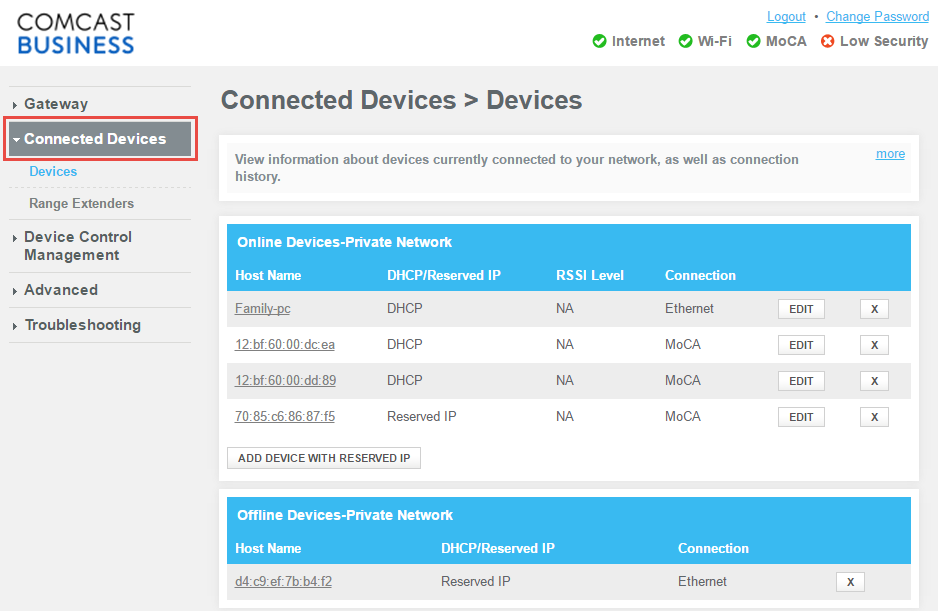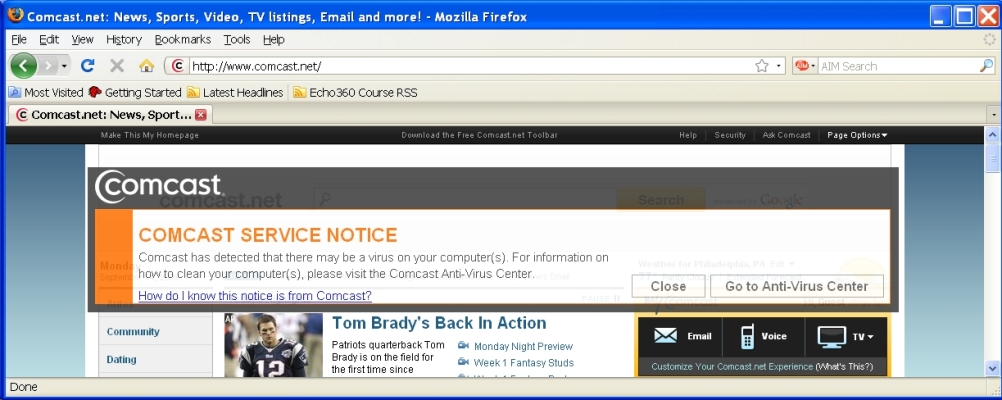

WPA2's improved on its predecessor in several ways, including by requiring the use of the Advanced Encryption Standard (AES, which the US government uses to protect classified data). These were addressed by the WPA2 standard, which took over in 2006.

However, when WPA rolled out, it still had issues. Its advancements included security checks to protect data from being intercepted by hackers. "Wi-Fi Protected Access" arrived in 2003 as an answer to the vulnerabilities exposed in WEP networks. However, WEPs are the least secure of the network types, leaving your network vulnerable to cyberattacks. Still, WEPs remain in use due to its backward compatibility with older devices, and many Wi-Fi devices allow it as a network option.
#Comcast internet security for mac cracked#
Although the WEP standard was essentially "retired" in 2004, there's still the option to use it.ĭespite WEP's advancements - progressing from 64- to 128- and 256-bit encryption - its security flaws were exposed as computers became more powerful, putting WEP at constant risk since its security key can be easily cracked with downloadable software. This kind of security key, short for Wired Equivalent Privacy, was ratified as a security standard in 1999 as a way for wireless networks to have a similar level of protection as a wired network. There are three common types of network security keys. Knowing what kind of network key your router uses can be important for setting it up and solving issues.

Network security keys have become more sophisticated over time, and there are now a few different kinds that work a few different ways.


 0 kommentar(er)
0 kommentar(er)
